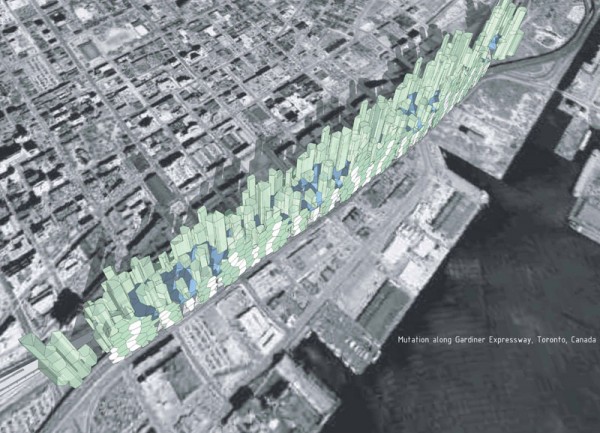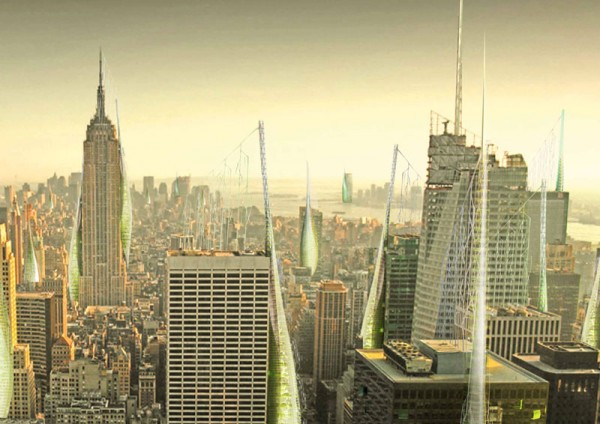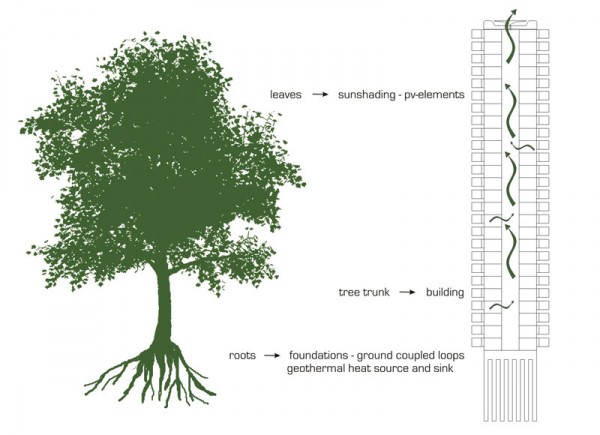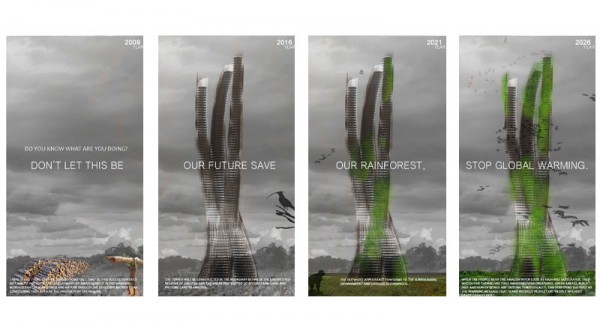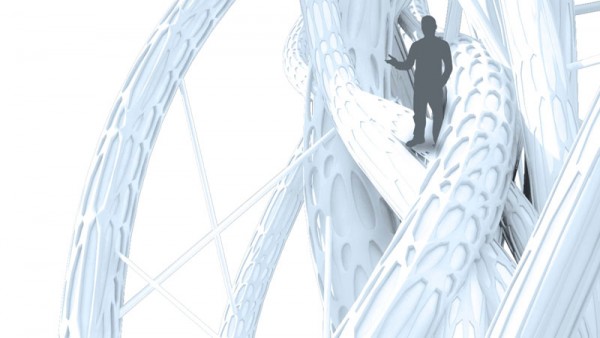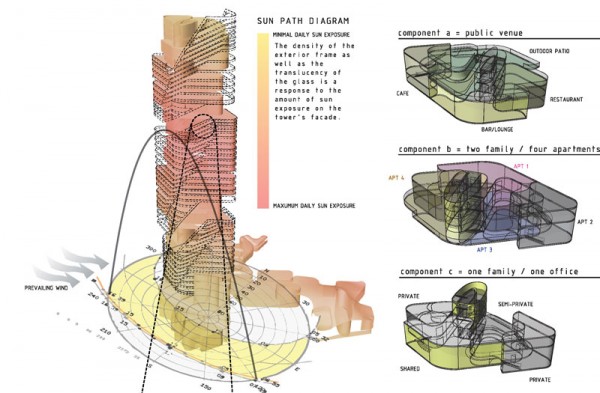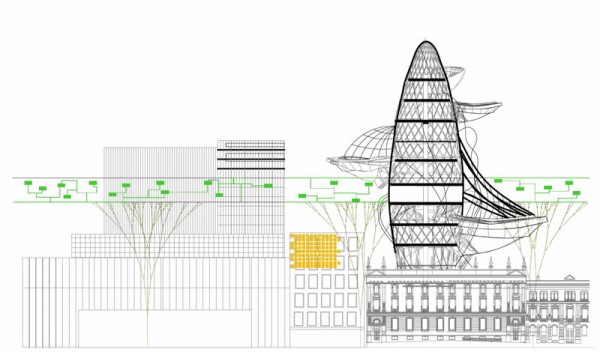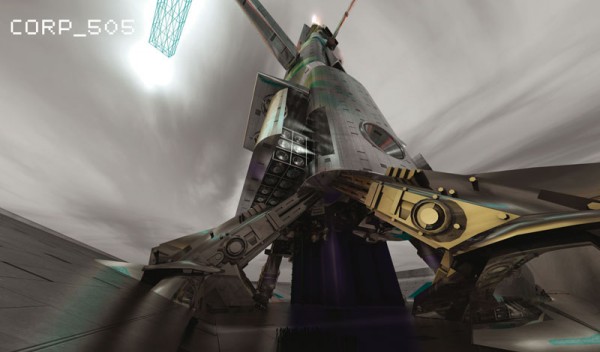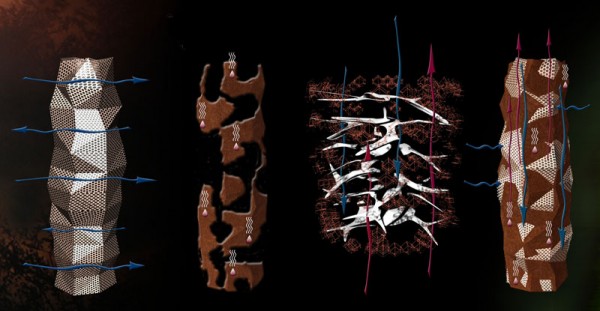Green Skyscrapers
In the next few days we will showcase 25 innovative proposals for green skyscrapers. These projects were submitted for the Annual Skyscraper Competition from 2006 to 2009.
Project 14 of 25
Reese J Campbell, Demetrios Comodromos
United States
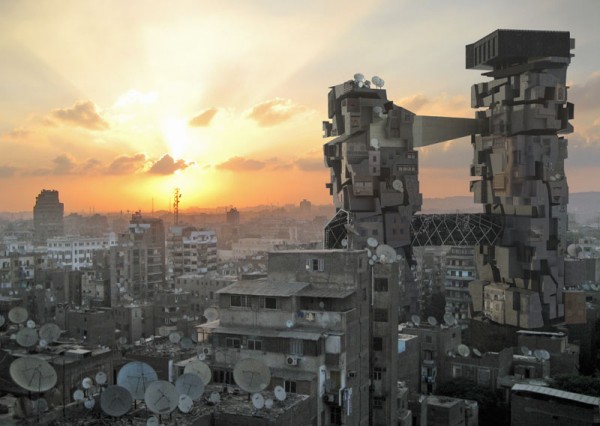
Skyscraper Historic Cairo
A Social Construct for Islamic (Historic) Cairo
Modern Cairo (al-Qahira in Arabic which means the “Victorious”) was founded as the imperial city to a conquering army in 969 AD, at the head of location where the Nile splits into its two main branches. It began as a walled royal compound with highly organized palaces, parade grounds, and lush gardens.
However, within 200 years of its founding and given the fall of its conquering dynasty, Cairo rapidly morphed into the medieval social fabric that largely exists today. At its height in power and wealth in the mid 1930’s, Medieval Cairo was the largest cosmopolitan city in the world, boasting a population of over 500,000 people inside its walls and acted as the center for all trade as it moved from the orient to Europe and the West. The fabric of the Islamic metropolis significantly crystallized within a 100 year period into a complex network of social, economic, religious and cultural network. The historic district of Cairo today is a residue of those relationships, most of which still operate much the same as they did 1000 years ago, upon its founding.
Modern metropolitan Cairo´s growth has far exceeded its medieval numbers and is currently the largest city, in both Africa and the Middle East with a population of over 15 million people. Cairo proper has a density of over 90,000 people per square mile and is suffocating from hyper congestion of every type.
Read the rest of this entry »

